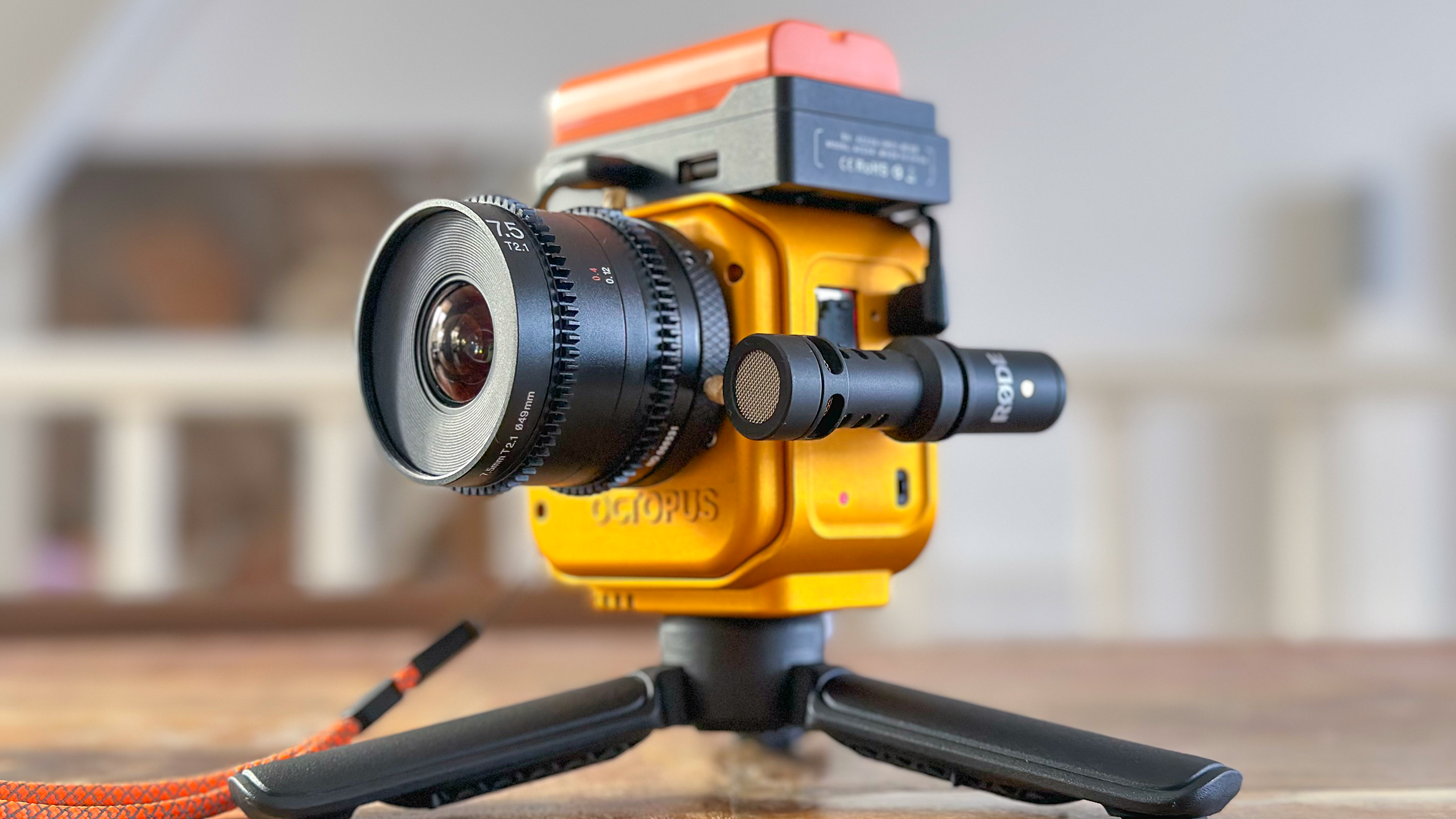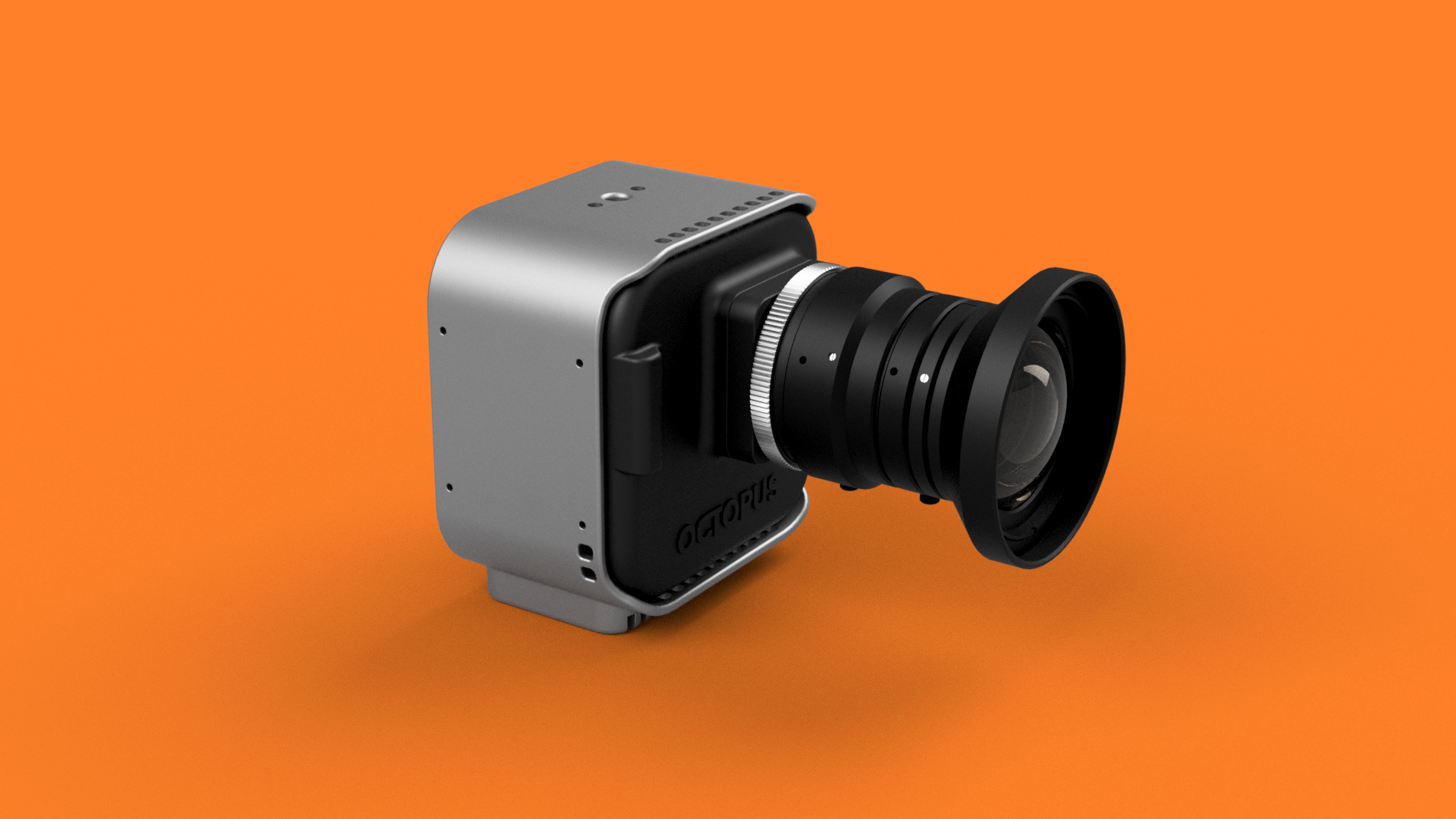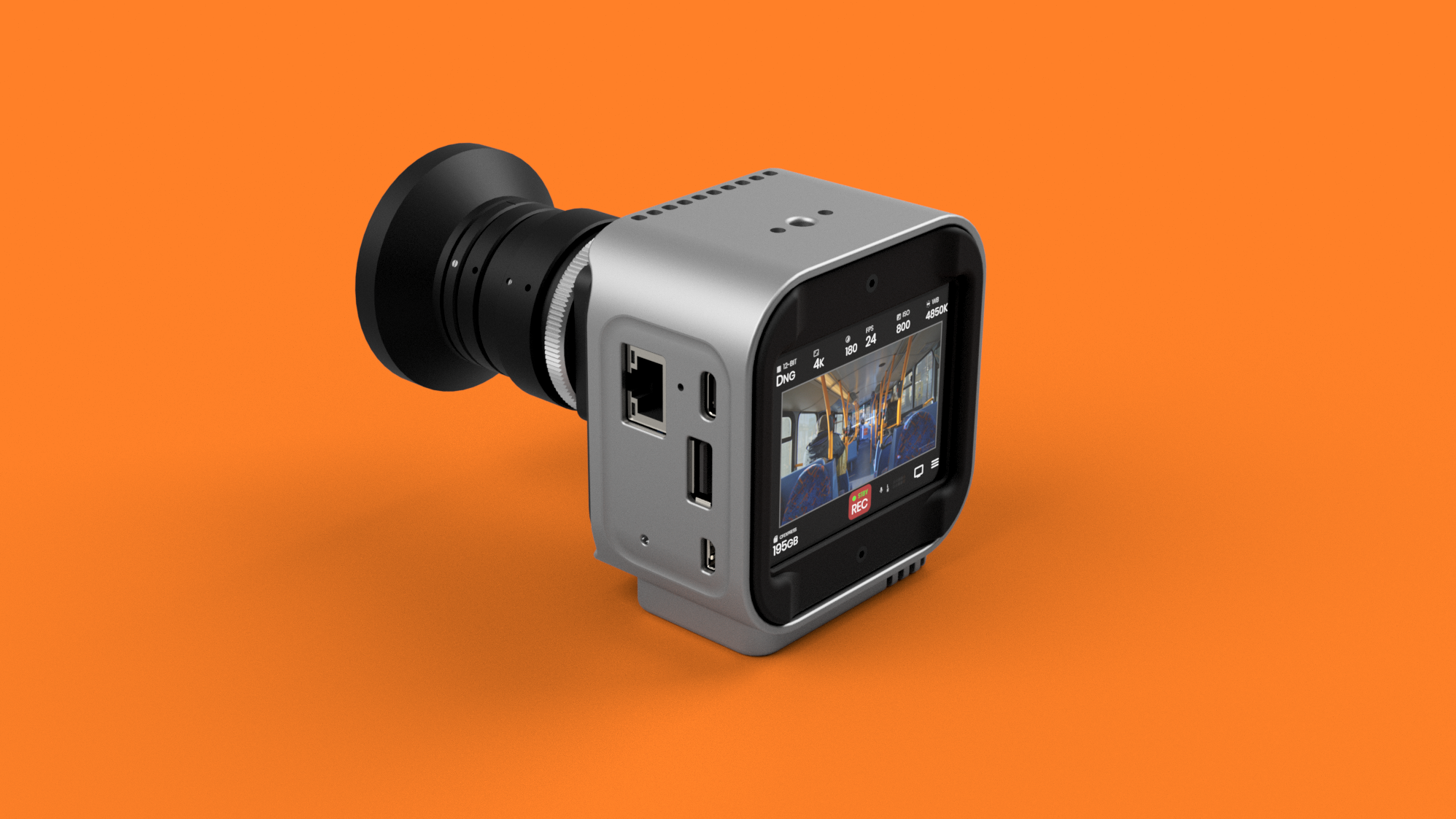Octopus is undercutting Blackmagic with its low-cost Super 16 cine camera with Arri Alexa chops
Video specs we'd normally expect in a camera 10x the price

Let's be clear from the start – the newly developed Octopus Cinema 16 cine camera is digital, not analog. You're not going to be putting a reel of Super 16 film through it, but you'll be capturing 4K video on its digital sensor purpose-built for video that's the same size as a frame of Super 16 film.
It's no Kodak Super 8, but the Octopus 16 offers huge bang for buck and could be the go-to cine camera for low-budget movie productions, if you can get your hands on one. Blackmagic, makers of excellent cine cameras like the Blackmagic Cinema Camera 6K, should be worried – Octopus says its latest creation, in an often overlooked format, will cost less than $1,000 and offer the kind of performance you'd expect from a camera 10x the price.
Headline features include internal 4K video capture in 12-bit raw onto CFexpress type B card, with up to 15-stops dynamic range. Octopus Cinema Founder Russell Newman unpacked the sensor tech to TechRadar,
"The sensor features a dual gain readout architecture. This is similar to the popular dual native ISO feature found on many consumer cameras, but instead of choosing between two clean high and low ISOs, the sensor uses both simultaneously," said Newman. "It is basically exposure bracketing but within the same single frame capture and merged on the sensor chip itself - this results in a massive amount of dynamic range and tonal information."

Sounds impressive, right? Well Russell says that's because, "This approach is usually reserved for expensive production cameras such as the ARRI Alexa - but it is now possible to implement this in small sensors at a fraction of the cost."
The powerful video performance is encased in a tiny aluminum body that weighs under 0.88lb / 400g and measures 8 x 8 x 5cm, allowing you to position the camera in hard to reach spots, while the image is composed via a 2.8-inch LCD monitor. The camera also features an interchangeable lens mount whereby you can choose between MFT lenses (of which there are hundreds) and, drumroll, vintage Super 16 lenses.
Yes, you can indeed hark back to the good ol' days of film, at least in part, by pairing the Octopus Cinema 16 digital camera, built for twenty first century filmmakers, with vintage Super 16 lenses.
Sign up for breaking news, reviews, opinion, top tech deals, and more.
Elsewhere, by recording 12-bit raw 4K video, filmmakers choose what look to apply to the image post capture. There's no color profiles baked-in, vintage or otherwise.


Is the Octopus Cinema 16 camera too good to be true?
Octopus garnered much praise for its Octopus Camera 8K LF, a pricier full-frame video camera for pros with global shutter. Now it's creating something to compete with the likes of the Blackmagic Pocket Cinema camera range for a fraction of the price, and it could be onto a winner.
Super 16 sounds cool, but what does that actually mean in the digital realm? The camera's sensor size is probably 12.52mm x 7.41mm – that's pretty similar to the common 1-inch sensor found in the priciest smartphones and vlogging cameras like the Sony ZV-1. It's half the size and width of Super 35 (in photography terms Super 35 is also known as APS-C).
That's a pretty small digital sensor then, and we wouldn't have high expectations regarding image quality based on that information alone. However, this is a purpose built sensor for video that maximizes potential detail.
Of course we're yet to use the newly developed camera so can't comment on its handling or quality or whether it will become one of the best video cameras available for the money. However, Octopus has shared demo reels via its YouTube (see above) and the footage looks incredible, especially the wide dynamic range.
We'd normally expect to see highlights clipped in a scene like this, but the footage – that we assume to be 4K 12-bit raw – holds detail in the shadow and highlight areas outside the bus. Judging by some of the comments reacting to the video, plus the potential for using Super 16 vintage lenses, there will be plenty of people ready to fork out for an Octopus Cinema 16 camera when it's available.
You might also like

Tim is the Cameras editor at TechRadar. He has enjoyed more than 15 years in the photo video industry with most of those in the world of tech journalism. During his time as Deputy Technical Editor with Amateur Photographer, as a freelancer and consequently editor at Tech Radar, Tim has developed a deeply technical knowledge and practical experience with cameras, educating others through news, reviews and features. He’s also worked in video production for Studio 44 with clients including Canon, and volunteers his spare time to consult a non-profit, diverse stories team based in Nairobi. Tim is curious, a keen creative, avid footballer and runner, and moderate flat white drinker who has lived in Kenya and believes we have much to enjoy and learn from each other.